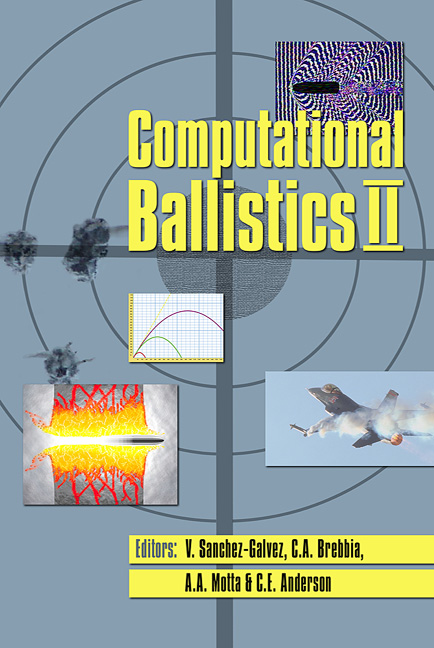Computer Simulation Of An F-4 Phantom Crashing Into A Reinforced Concrete Wall
Price
Free (open access)
Transaction
Volume
40
Pages
11
Published
2005
Size
1,135 kb
Paper DOI
10.2495/CBAL050201
Copyright
WIT Press
Author(s)
M. Itoh, M. Katayama & R. Rainsberger
Abstract
This paper presents a numerical simulation of an aircraft crashing into a reinforced concrete wall by using a general-purpose hydrocode AUTODYN®. Computational results are compared with the experimental ones obtained by a full-scale aircraft impact test conducted at Sandia National Laboratories in New Mexico, USA, in 1988. An actual F-4 Phantom jetfighter was used in the test. The geometry of the finite element model of the aircraft is adjusted to fit to the data given in the test report and also available publicly. Two engines, a fuel tank, and water to simulate the fuel weight are considered in the numerical model. The numerical results show good agreements with the experimental ones as to an impact force, damage to the wall and the crushing behaviour of the aircraft. Keywords: numerical simulation, aircraft impact, F-4 phantom, reinforced concrete, hydrocode, AUTODYN®, impact force, finite element. 1 Introduction An aircraft generally consists of many components such as a fuselage, main wings, tail wings, engines, landing gears, avionics equipments, ribs/stringers, seats, fuel tanks with fuel inside, and so forth. To take every component into account in a numerical model requires a lot of human resources in addition to increasing loads on a computing capacity, because it is not an easy task in most cases to obtain detailed data on the geometrical arrangements of these parts especially of a military aircraft. In this study we propose a finite element model which is reasonably simple and accurate enough to simulate the impact of an aircraft on a deformable target.
Keywords
numerical simulation, aircraft impact, F-4 phantom, reinforced concrete, hydrocode, AUTODYN®, impact force, finite element.




